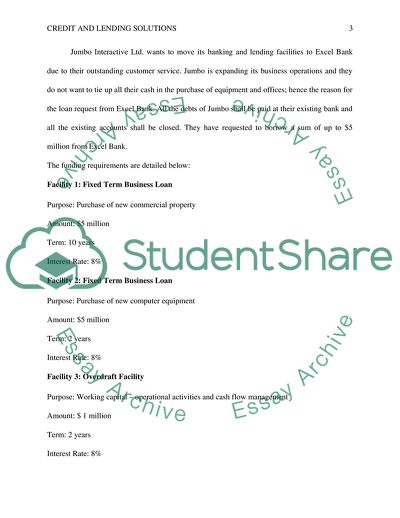Cite this document
(CREDIT AND LENDING DECISIONS Essay Example | Topics and Well Written Essays - 2250 words - 1, n.d.)
CREDIT AND LENDING DECISIONS Essay Example | Topics and Well Written Essays - 2250 words - 1. https://studentshare.org/finance-accounting/1877062-credit-and-lending-decisions
CREDIT AND LENDING DECISIONS Essay Example | Topics and Well Written Essays - 2250 words - 1. https://studentshare.org/finance-accounting/1877062-credit-and-lending-decisions
(CREDIT AND LENDING DECISIONS Essay Example | Topics and Well Written Essays - 2250 Words - 1)
CREDIT AND LENDING DECISIONS Essay Example | Topics and Well Written Essays - 2250 Words - 1. https://studentshare.org/finance-accounting/1877062-credit-and-lending-decisions.
CREDIT AND LENDING DECISIONS Essay Example | Topics and Well Written Essays - 2250 Words - 1. https://studentshare.org/finance-accounting/1877062-credit-and-lending-decisions.
“CREDIT AND LENDING DECISIONS Essay Example | Topics and Well Written Essays - 2250 Words - 1”. https://studentshare.org/finance-accounting/1877062-credit-and-lending-decisions.


